Iran’s ingenious solution for net zero development
As interest in eco-friendly architecture grows in the face of bulging energy bills, an ingenious Iranian way using natural resources for ventilation is gaining global attention for its potential to inspire innovative solutions.
More than 6,000 years ago, people in central Iran where temperatures reach 40C in the summer built edifices made of clay, mud-brick and adobe that provided insulation against the torrid heat.
Today, many homes in Iran’s dry areas such as Yazd, Kerman, Kashan, Sirjan, Nain, and Bam are still built with a simple but effective cooling device known as a wind catcher, which requires no electricity.
Protruding from the rooftops of old houses, the elegant chimney-like structures called badgirs in Persian entrap the cool air and propel it downwards either into the halls or underground storage rooms to refrigerate perishable goods.
Inside, vents directing the air often lead it into sardabs or deep cellars where water from qanats cools the incoming air.
Qanats are another engineering marvel of ancient Iranians who used underground channels to transfer water from mountains to remote settlements called abadi in Persian meaning a place where water flows.
In 2017, UNESCO listed Yazd as a World Heritage Site, describing the city as a "living testimony to intelligent use of limited available resources in the desert for survival".
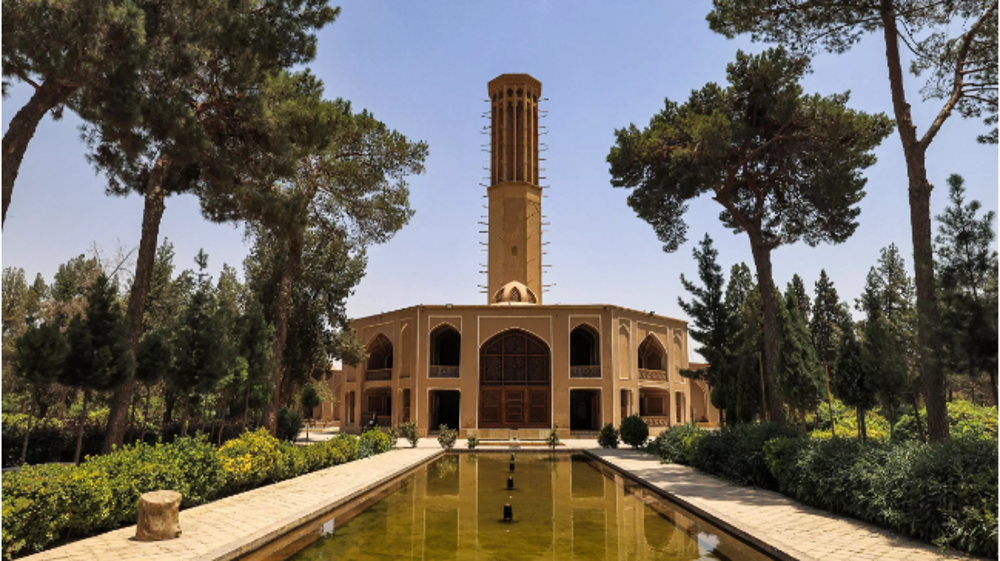
Wind catchers do not necessarily need wind to operate. When the air is still, they act as thermal chimneys where the sun heats the structures and the air within them, creating an updraft of air.
An updraft is a meteorological phenomenon in which a mass of warm air will typically be less dense than the surrounding region and so will rise vertically, giving way to denser cold air to settle in. The suction created at the chimney's base can be used to improve the natural ventilation of buildings.
Addressing business energy cost uncertainty amid the net zero transition, wind catchers and cooling towers have found their role in today’s sustainable design models. They help reduce energy needs by providing natural ventilation and cooling solutions, which is crucial for eco-friendly architecture.
Statistics show that despite concerns about energy efficiency, buildings continue to consume the largest amount of energy in the world estimated at 40 percent.
In Iran, the residential and commercial sectors use natural gas for space heating, with officials saying much of the energy produced in the country is consumed at homes.
This reality coupled with global efforts to reduce pollution and the decline in global energy resources has ushered in a net zero energy consumption mandate requiring all new premises to be nearly zero energy buildings (ZEBs).
With the race for renewable energy truly on and homeowners and property developers trying to find the most effective home insulation technology, Iranian wind catchers are the ideal solution.
As an epitome of harmonious relationship between architecture and the environment, they are gaining newfound attention, inspiring modern designers who seek innovative ways to harmonize human habitation with the natural world.
In the UK, for example, about 5,500 wind catchers have been installed in the last 30 years. One of the most commonly used wind catchers in modern use is the one providing natural ventilation to commercial buildings under the names of Monodraught and Windvent.
The wonderful design of wind catchers is an inspiring example of creating sustainable and efficient living spaces for humanity without harming the nature.
The great legacy of the structure requires Iran to be a trailblazer in integrating ancient knowledge with modern technology and creating new buildings which answer the goals of sustainable development and resilient economy.
China expands use of Iranian rail corridor for cargo transit
Ukraine’s Zelensky says open to dropping NATO bid for security guarantees
Israel kills 3 in south Lebanon as it threatens ‘wide-scale’ attack
VIDEO | Iran’s mega solar plant to power 2.5 million homes
Hamas warns against Israel's plans to 're-engineer' Gaza
VIDEO | South Koreans join migrants in Seoul to protest on Migrant Workers' Day
VIDEO | Press TV's news headlines
VIDEO | Iraq, UN officially mark end of UNAMI mission in country


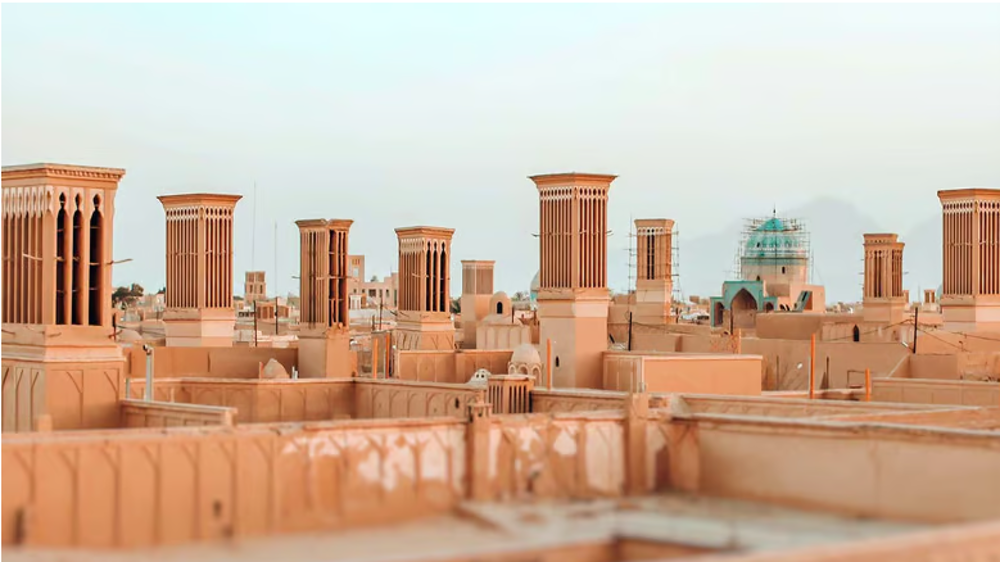
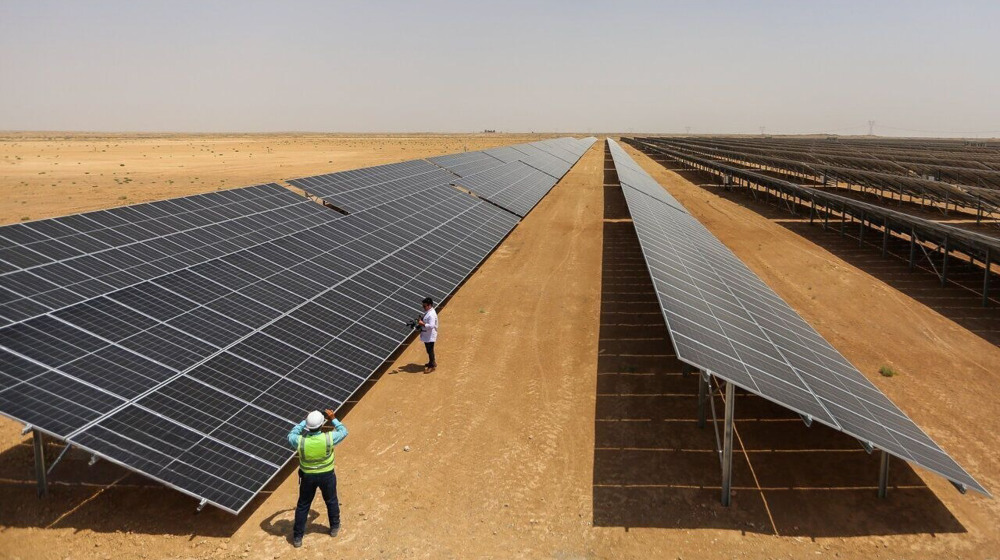
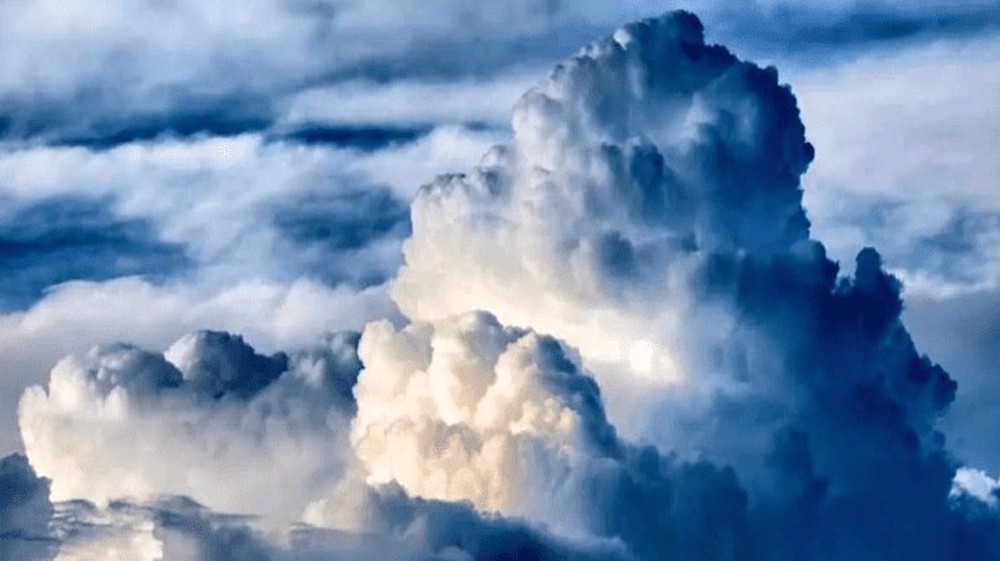
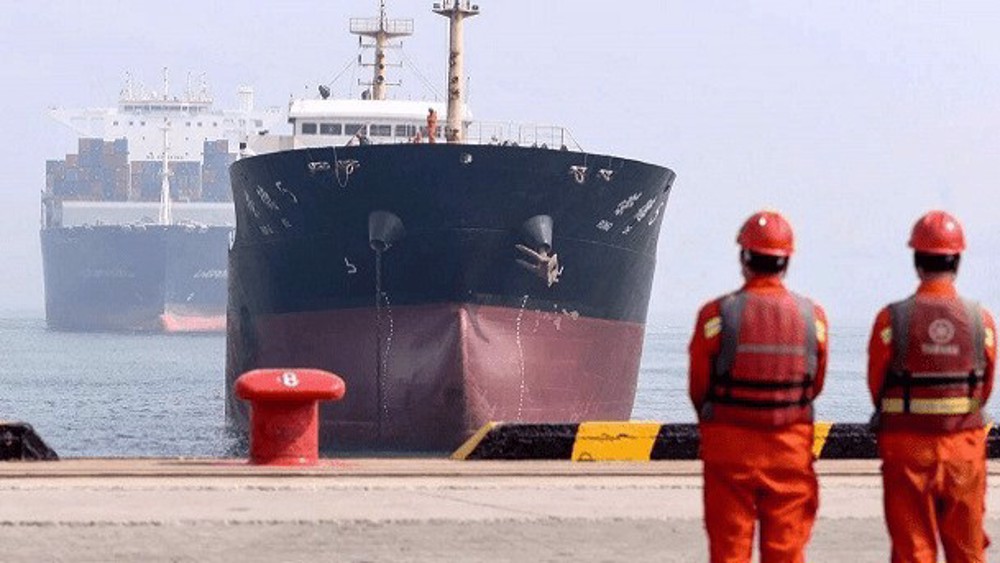




 This makes it easy to access the Press TV website
This makes it easy to access the Press TV website